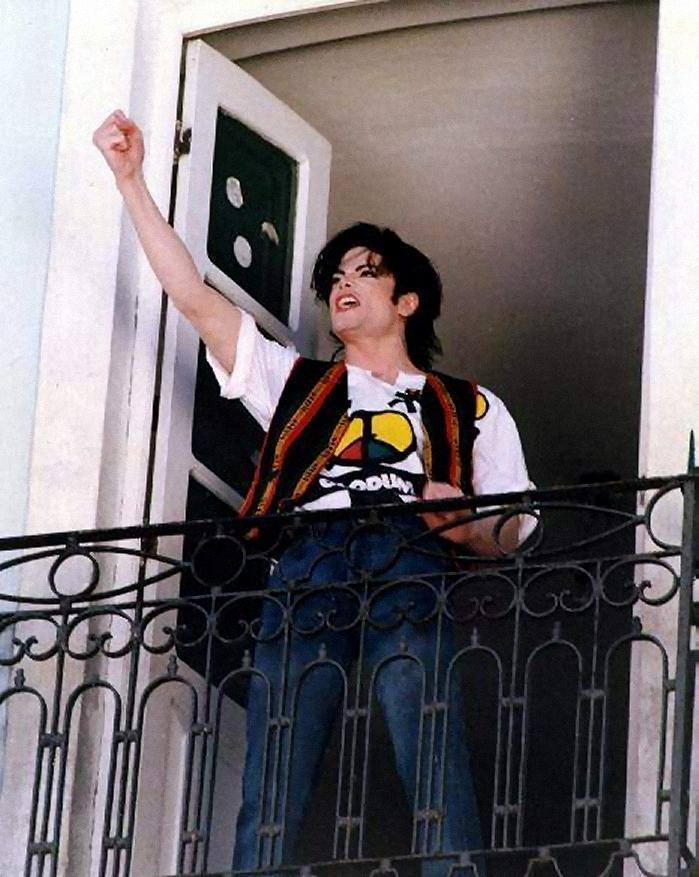

The territory where the filming takes place is protected by 1500 policemen. Michael’s dance with the Olodum band (a worldwide known Brazilian drum band consisting of approximately 200 members) and the scene where a young woman breaks through the cordon to hug Michael are shot in the historical part of another Brazilian city, Salvador. Dangerous Zone chronicle the making of events: Lee began principal photography on February 10th, 1996, with Jackson arriving the following day for a hectic shoot with some of Brazil’s most famous percussionists. The decision was then promptly reversed without explanation and the granted shooting time was reduced to 5 days. Permission was, however, granted to shoot for 20 days in both Salvador and Rio de Janeiro. Residents of Rio de Janeiro favela are, nevertheless, very happy that the world will finally get to see their living conditions.’ ‘Brazil is hoping to win the right to host the Olympic Games, and a demonstration of the Rio slums may affect their chances of hosting the Olympics in 2004.

Brazilian officials were mostly concerned that the video will show impoverished districts of the city: Others approved of the idea hoping that a Michael Jackson video would draw the world’s attention to the Brazilian poverty, and the region might even get some help. Members of government bodies expressed their aversion to the project, fearing that it would show their country in a less than favourable light. Upon hearing of Jackson’s intent, Brazilian authorities tried to stop permission being granted to film. It did not all get off to a smooth start. The unofficial Michael Jackson fanzine, Dangerous Zone, ran an article in 2001 about the making of the video: Lee was the perfect choice and two promo videos were devised, the first of which would see him travel to Brazil, where authorities even tried to ban the shoot from taking place. Having previously looked towards Hollywood for innovative collaborators such as John Landis, who had directed both Thriller and Black or White, as well as Martin Scorsese ( Bad) and David Fincher ( Who Is It?), it was almost natural that a feature filmmaker be chosen.įor They Don’t Care About Us Jackson would seek out the skills of one of Tinseltown’s greatest agitators Spike Lee, director of Do The Right Thing and Get On The Bus. They Don’t Care About Us was a bold political track and Jackson needed a strong director who could deliver the potency and strength which the song required. It was 20 years ago today! On MaMichael Jackson released They Don’t Care About Us, the fourth single from his album, HIStory: Past, Present and Future, Book I. The song and its politically provocative videos would become some of the most iconic and controversial of the star’s legacy.


 0 kommentar(er)
0 kommentar(er)
